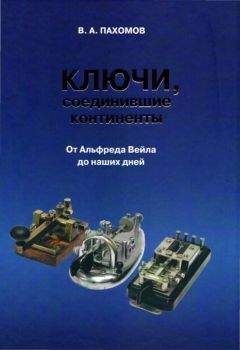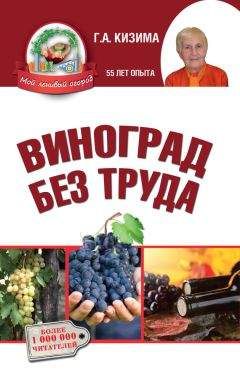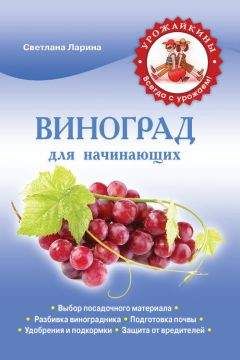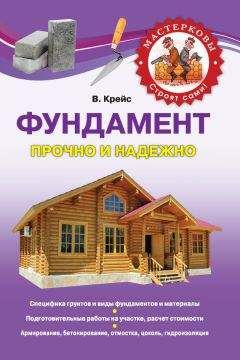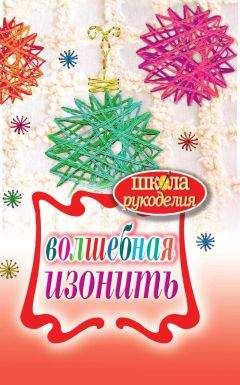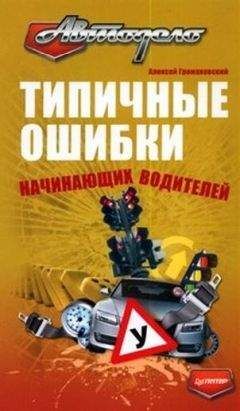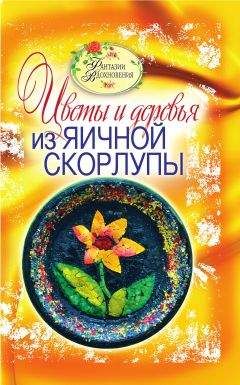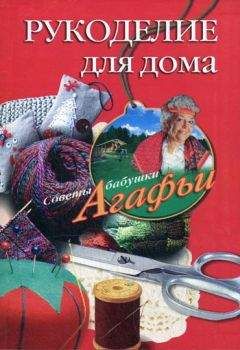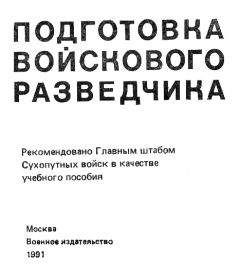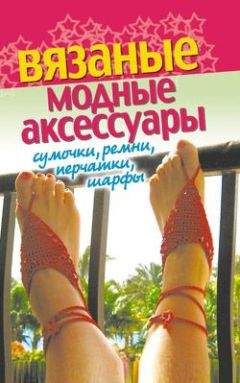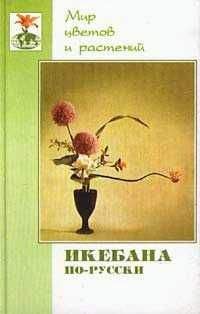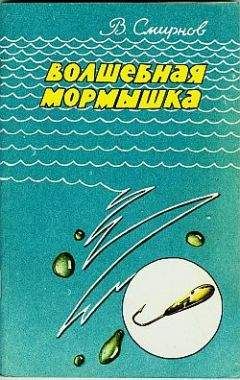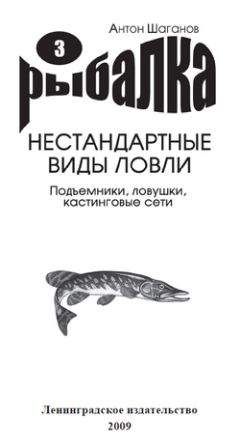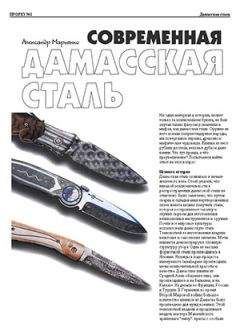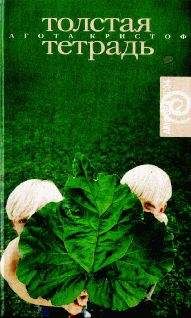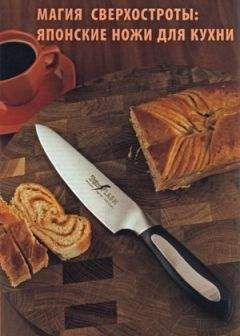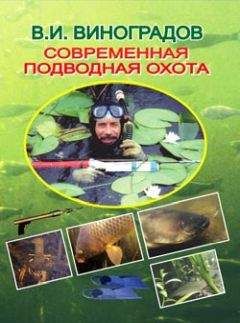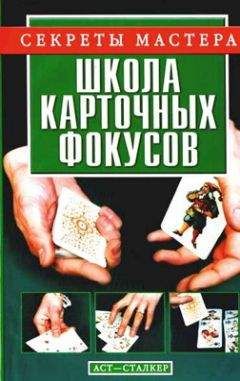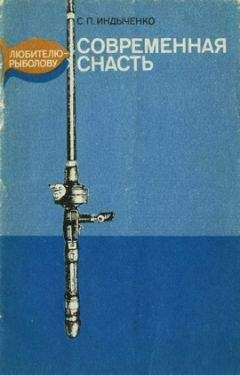Луис Хоффманн - Современная магия
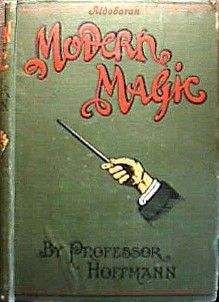
Скачивание начинается... Если скачивание не началось автоматически, пожалуйста нажмите на эту ссылку.
Жалоба
Напишите нам, и мы в срочном порядке примем меры.
Описание книги "Современная магия"
Описание и краткое содержание "Современная магия" читать бесплатно онлайн.
В 1877 году в России была переведена знаменитая книга Профессора Хоффмана «Современная Магия». Повышенный интерес к картам побудил «АРКОНу» в 1990 году издать первых пять глав. В заголовок выведено название одного из трюков. Редакция попыталась улучшить старый перевод и кое-что заменила. Однако остались слова «магик» (фокусник), «магический жезл» (волшебная палочка), «безразличная карта» (любая карта) и множество других перлов, которые делают чтение интересным и познавательным. Несмотря на ляпы, возможно, это самый близкий к оригиналу перевод. С уважением хочется заметить, что редакция не скрывает настоящего названия и автора. Однако, даже эта книга повторяет те смешные ошибки, как перевернутые кверх ногами диаграммы 9 и 10 и развернутые на 90 градусов диаграммы 15 и 27, что стало визитной карточкой отечественный переводов Хоффманна на целое столетие.
But, granted that Hoffmann's views on performance style (and, unfortunately, his Victorian trappings) have been basic to the magic of the last century, many other things have changed since he wrote his book. In the introduction to Modern Magic, for instance, he describes «two or three appliances, which are of such constant use that they may be said to form the primary stock-in-trade of every conjuror. These are-a short wand, a specially adapted table, and certain secret pockets in the magician's dress.» He comments that these «are so indispensable that we could hardly complete the description of half-a-dozen tricks of any pretension without a reference to one or other of them.» It is interesting that a century later all three of these primary «appliances» have become virtually obsolete, and are used today only in the most specialized circumstances. The wand is still used in the presentation of some classic effects such as the Cups and Balls, but the tailcoat with its secret pochettes and profondes, and the draped table with its servante and elaborate traps, have been (or should be) relegated to magic history. It is significant that today's most successful young magician, Doug Henning, who has starred on Broadway and in a number of highly successful television specials, has made as radical a change in the image of the traditional magician in our time as Robert-Houdin did in his. Instead of the traditional tails and top hat, Henning has adopted a theatrical version of the dress of contemporary youth, wearing blue-jeans style pants and skin-tight T-shirts which offer convincing evidence that nothing he uses in his amazing effects could be concealed on his body. Thus, when Henning magically produces a huge owl or a large bowl of fire (both effects from his repertoire), the amazed response of his audiences is much greater than if he were attired in a tailcoat or a voluminous opera cape.
Some effects, using props common in the Victorian era but uncommon today, have also disappeared. It is interesting that the most common image of a magician is a man pulling a live rabbit from a top hat, yet this feat, almost never seen today, was effective in the nineteenth century because the magician could borrow a top hat from any gentleman in his audience. The fact that it was a borrowed hat made the production of rabbits (and often other unlikely articles such as cannonballs, bird cages and lighted Chinese lanterns) a truly amazing effect. Today few people, save magicians, carry top hats, and a contemporary audience might suspect (perhaps correctly) that the hat containing the rabbit is just another trick magician's prop.
There is another popular area of magic that has been almost completely transformed, in terms of technique, since Professor Hoffmann's time. This is the vast field of card magic. Unquestionably, more technical literature has been published on card magic in the last century than on any other area of magic; the number of books, large and small and in all languages, runs into the thousands.
In Hoffmann's day, the «Pass» (Sauter la coupe), following the dictates of the great Robert-Houdin, was the most important sleight in all card magic. Today, partly because it is extremely difficult to do undetected and because so many effective substitutes (totally unknown in Hoffmann's time) have been invented, it no longer occupies such a central position in card technique. This is not to say that this classic sleight, in the hands of such contemporary card experts as Charles Miller or Derek Dingle, is not powerfully deceptive, but simply that it is no longer the backbone of card conjuring. Through the writings and inventive talents of such men as S. W. Erdnase (whose classic Expert at the Card Table was published in 1902), and such contemporary card geniuses as Dai Vernon and Ed Marlo, the entire technique of card magic has changed, with literally hundreds, perhaps thousands, of new sleights and subterfuges invented over the past hundred years. While the techniques have changed radically, however, many of the classic effects remain the same and are still in use today; a great number date back to before the time of Hoffmann to the great Viennese card magician Johann Nepomuk Hofzinser (1806-1875), and perhaps even before.
An interesting inclusion in Hoffmann's chapter on card sleights is instructions on how to throw a card. While not strictly a magic effect, the throwing of playing cards later became a feature in the performances of many major stage magicians like Howard Thurston and Maurice Raymond, who hurled cards from the theater stage to the highest reaches of the top balcony. One of America's cleverest card magicians of today, Ricky Jay, has revived the old feat of card throwing and includes it as a regular feature in his act, and has even written a book on the subject.
Since the publication of Modern Magic, two specialized types of magician that were minor figures on the magic stage a century ago have moved into the limelight. One is the illusionist, the magician who specializes in spectacular feats using people and large animals. This type of magician rose to prominence in the era of vaudeville and the music halls, when magicians were required to perform in large theaters where more intimate magic would not be effective. Such master magicians as Herrmann, Kellar, Thurston and Blackstone in America, Maskelyne and Devant in England, and Carter, Raymond, Nicola and Levante touring the globe brought large-scale stage illusions to enthralled theater audiences. The tradition of the grand illusionist remains with us today in the spectacular performances of Doug Henning, Harry Blackstone, Jr., and Siegfried and Roy. The other new breed of magician to rise to prominence has been the mentalist, or mindreader, with such names as Alexander, Annemann and Dunninger prominent. (It was Dunninger who first realized the effectiveness of presenting mental magic on radio and, later, on television.)
Both illusions and mentalism are represented in Modern Magic, with explanations of such early illusions as the Sphinx, the Cabinet of Proteus and the Aerial Suspension, as well as an explanation of feats of so-called clairvoyance and second sight. Nevertheless, it is doubtful that Professor Hoffmann realized what prominence they would achieve in the world of magic after the publication of his book. But above all, perhaps, mention should be made of his neglect of the escape, from handcuffs, ropes, boxes and other containers. Houdini, perhaps the best-known magician, of all time, made a specialty of this now-classic trick-and the whole subject is never once mentioned in the Professor's treatise.
So a great deal has changed in magic since 1876; but in its exposition of many of the classic effects still being performed, Modern Magic continues to be of particular interest to the present day magic performer. The Egg Bag, the Chinese Rings, the Rising Cards, the Ring on the Stick and, the oldest known magic effect, the Cups and Balls, are all explained in detail. To this last classic effect, described by Professor Hoffmann as «the groundwork of all legerdemain,» an entire chapter is devoted. True, there have been some changes in Cups-and-Balls technique over the last century (the use of the servante has largely been replaced by the performer working from his coat and pants pockets), but basically the teaching in this chapter remains as solid a grounding in this great effect as one could find. And Hoffmann's strong beliefs on the fundamentals of magic performance are as valid today as when they were first penned: «The ideal entertainment, from the point of view of the spectator, will be one in which feats of dexterity, or supposed dexterity, are worked in conjunction with brilliant stage effects of a more spectacular kind.» This prophetic realization describes with uncanny accuracy the approach of most of the major magicians since that time.
After the publication of Modern Magic, Professor Hoffmann produced dozens of books on magic and games and wrote scores of magazine articles. Among his most notable books were two sequels to Modern Magic: More Magic (1890) and Later Magic (1903). He also wrote a novel for juveniles entitled Conjuror Dick (1886). In 1885, Professor Hoffmann won a prize of $500 offered by the well-known Boston publication Youth's Companion for the best short story for boys. He also revised and edited several editions of Hoyle's Book on Games. While never a professional performer, Professor Hoffmann did give occasional magic performances, the proceeds always going to charity. Most of the effects in his repertoire were taken from the pages of Modern Magic and its sequels.
In 1903, Professor Hoffmann moved from London to Hastings to live in semi-retirement. There, presumably for financial reasons, he disposed of his original manuscripts and other magic belongings. In a rather pathetic letter to Dr. Samuel C. Hooker, a prominent New York amateur, in May 1913 he wrote: «My magical library was sold (for twenty-five pounds) before your letter came to hand, and I have long since parted with my collection of apparatus, which at one time was considerable.» A few years before his death, he wrote one last «sequel» to his masterpiece. It was titled Latest Magic, and was reportedly undertaken at the urging of Houdini. The book, badly written and with very little useful information, completely lacks the flowing, conversational style of his earlier books. Some magic historians believe it was, at least in part, written by someone else; in any case, it certainly did not add to his reputation as the greatest writer on magic of his time. Professor Hoffmann died at the age of eighty on December 23, 1919.
Even today, a century after its publication, Modern Magic holds untold riches for the magic enthusiast. Magic historian Henry Ridgely Evans, who once referred to it as «Ветхий Завет иллюзионного искусства» summed up well the feelings that many of us have about this charming Victorian textbook. He said, «I never tire of reading Modern Magic, though I know all the tricks by heart.»
ЧАРЛЬЗ РЕЙНОЛЬДЗ
Нью-Йорк
15 ноября 1977 года
Для любознательных — посмотрите как выглядел старинный перевод книги Хоффмана 1878 года.
Часть 1. Карточные фокусы
Глава 1. Простые фокусы с обычной колодой
Циклическое число
Если умножить «циклическое число» 142857 на любое целое число от 2 до 6, то получится число, составленное из тех же цифр, с круговой их перестановкой. На этом и основан фокус.
Вы даёте зрителю 5 карт красной масти, имеющие числовые значения 2, 3, 4, 5 и 6. Себе вы берёте 6 карт чёрной масти и раскладываете так, чтобы их числовые значения составили цифры числа 142857. Вы и зритель тасуете каждый свои карты; при этом вы только делаете вид, что тасуете, на самом деле сохраняете их порядок. Двукратное перекладывание карт с одной стороны на другую создаст у зрителей впечатление тасовки.
Далее вы раскладываете на столе карты в ряд, лицевой стороной кверху, образуя число 142857. Зритель выбирает одну из своих карт и кладёт её лицевой стороной вверх под вашими картами. С помощью карандаша и бумаги зритель перемножает наше число на числовое значение выбранной им карты.
Пока он перемножает, вы собираете свои карты, кладёте первую слева карту на соседнюю, затем на неё соседнюю и т. д. Карты нужно снять один раз, а затем вы кладёте их стопкой на стол, не раскрывая.
После того, как зритель закончит умножение, вы берёте свою стопку карт и опять раскладываете их слева направо лицевой стороной наверх. Шестизначное число, которое при этом получается, конечно совпадает с результатом умножения, полученным зрителем.
Секрет этого фокуса в том, что вы собираете карты чёрной масти, не нарушая их порядка, в котором они были разложены. Пусть зритель умножал наше число на 6. В этом случае произведение должно заканчиваться двойкой, т. к. шесть раз по семь(последняя цифра множимого) будет 42. Если колоду снять так, чтобы двойка оказалась внизу, то после раскрытия карт она окажется последней картой и изображаемое картами число совпадёт с ответом зрителя. Циклическое число 142857 является обратным по отношению к простому числу 7 в том смысле, что оно получается от деления 1 на 7. Другие циклические числа также получаются путём деления единицы на большие простые числа.
Пять стопочек карт
Вы садитесь за стол вместе с четырьмя зрителями. Всем сдаёте по пять карт и предлагаете каждому зрителю запомнить по одной карте из тех, что у него в руках. После этого вы собираете карты, раскладываете их на столе в пять стопочек и просите зрителей самим выбрать одну из стопочек.
Затем вы берёте указанные вам карты в руки и раскрываете их веером, держа лицом к зрителям. После этого вы спрашиваете у своих партнёров, кто видит свою карту. Услышав ответ, вы сразу, не заглянув ни разу в карты, вытаскиваете её.
Это можно сделать с любой из стопочек, лежащих на столе. Иногда в стопочке может вообще не оказаться задуманной карты или их может быть несколько в одной стопочке. В любом случае карты отгадываются вами безошибочно.
Здесь всё дело в том, что вы начинаете собирать пятёрки карт с первого зрителя, сидящего слева от вас, и далее по часовой стрелке, держа карты лицевой стороной книзу. В результате ваши карты будут последними и окажутся наверху пачки.
Подписывайтесь на наши страницы в социальных сетях.
Будьте в курсе последних книжных новинок, комментируйте, обсуждайте. Мы ждём Вас!
Похожие книги на "Современная магия"
Книги похожие на "Современная магия" читать онлайн или скачать бесплатно полные версии.
Мы рекомендуем Вам зарегистрироваться либо войти на сайт под своим именем.
Отзывы о "Луис Хоффманн - Современная магия"
Отзывы читателей о книге "Современная магия", комментарии и мнения людей о произведении.





